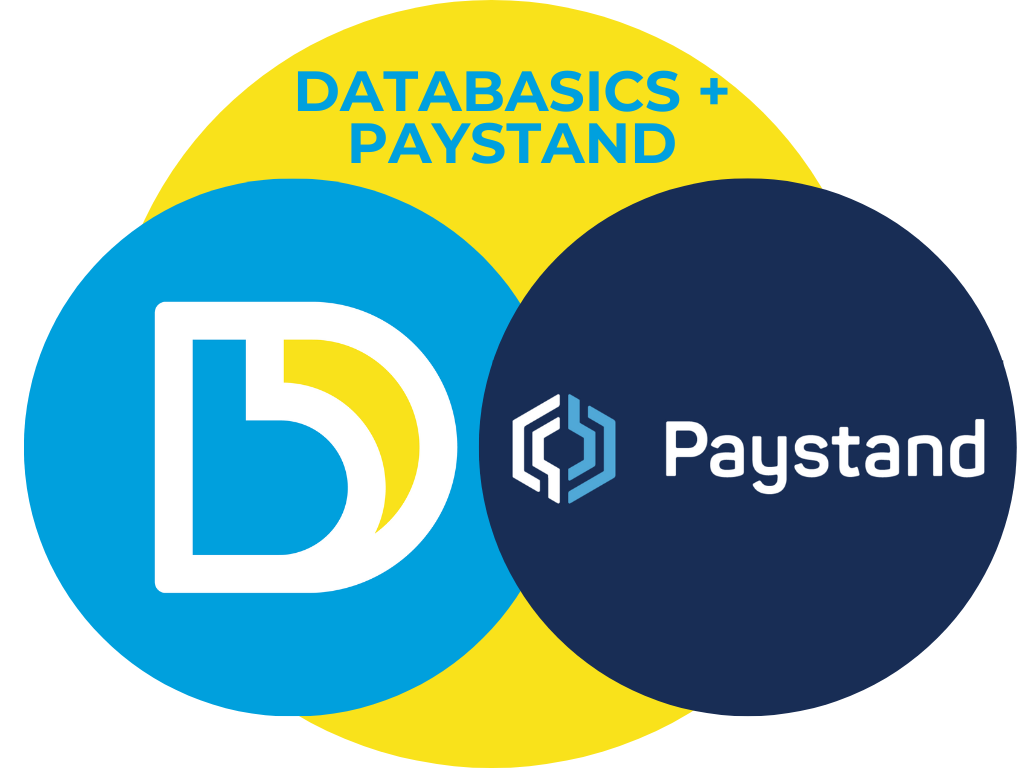The Internal Revenue Service today issued the 2017 optional standard mileage rates used to calculate the deductible costs of operating an automobile for business, charitable, medical or moving purposes.
The current federal rate is 54 cents a mile, and starting Jan. 1, 2017 the standard milage rate will be 53.5 cents a mile.
Beginning on Jan. 1, 2017, the standard mileage rates for the use of a car (also vans, pickups or panel trucks) will be:
- 53.5 cents per mile for business miles driven, down from 54 cents for 2016
- 17 cents per mile driven for medical or moving purposes, down from 19 cents for 2016
- 14 cents per mile driven in service of charitable organizations
The business mileage rate decreased half a cent per mile. The standard mileage rate for business is based on an annual study of the fixed and variable costs of operating an automobile.
Taxpayers always have the option of calculating the actual costs of using their vehicle rather than using the standard mileage rates.
A taxpayer may not use the business standard mileage rate for a vehicle after using any depreciation method under the Modified Accelerated Cost Recovery System (MACRS) or after claiming a Section 179 deduction for that vehicle. In addition, the business standard mileage rate cannot be used for more than four vehicles used simultaneously.
The IRS today issued the 2017 optional standard mileage rates used to calculate the deductible costs of operating an automobile for business.
Related Article: 10 REAL Questions to Ask When Choosing a Global Solution
What it Means for Employers As an employer this can add up and get expensive pretty fast and you may be overpaying by a lot. For business trips where the driver’s point of departure and/or return is his home rather than place of work, you may deduct “commute” miles. Commute miles is the distance an employee normally travels to get to and from work. Commute miles are typically not a reimbursable business expense. So taking commute miles into consideration can make a big difference in what you pay out.
For example: The distance a district manager of a restaurant chain travels to his office is 16 miles. One day, he has to visit a restaurant that is 12 miles from his house and 20 miles from his office. He goes directly from his house to the store, then continues on to his office. Without considering commute miles, the district manager would be reimbursed for the entire 32 miles.
With commute miles factored in, the distance is reduced to 16 miles – a 50% savings.
DATABASICS Expense Reporting solution provides an easy way to start saving on commute miles and offers point-to-point, map-based mileage calculations to replace driver odometer logs. This reduces manual effort and makes reimbursements transparent and less open to questions.
Want to look into this further? Can you afford not to? Contact us or to learn more visit our Resource Library.
*These and other requirements are described in Rev. Proc. 2010-51. Notice 2016-79, posted today on IRS.gov, contains the standard mileage rates, the amount a taxpayer must use in calculating reductions to basis for depreciation taken under the business standard mileage rate, and the maximum standard automobile cost that a taxpayer may use in computing the allowance under a fixed and variable rate plan.
DATABASICS provides cloud-based, next generation Expense Reporting, P-Card Management, Timesheet& Leave Management Management, and Invoice Processing automation. Specializing in meeting the most rigorous requirements, DATABASICS offers the highest level of service to its customers around the world.
DATABASICS is relied upon by leading organizations representing all the major sectors of the global economy: financial services, healthcare, manufacturing, research, retail, engineering, non-profits/NGOs, technology, federal contractors, and other sectors.
Connect with DATABASICS: LinkedIn, Twitter, and YouTube. DATABASICS is headquartered in Reston, VA.



